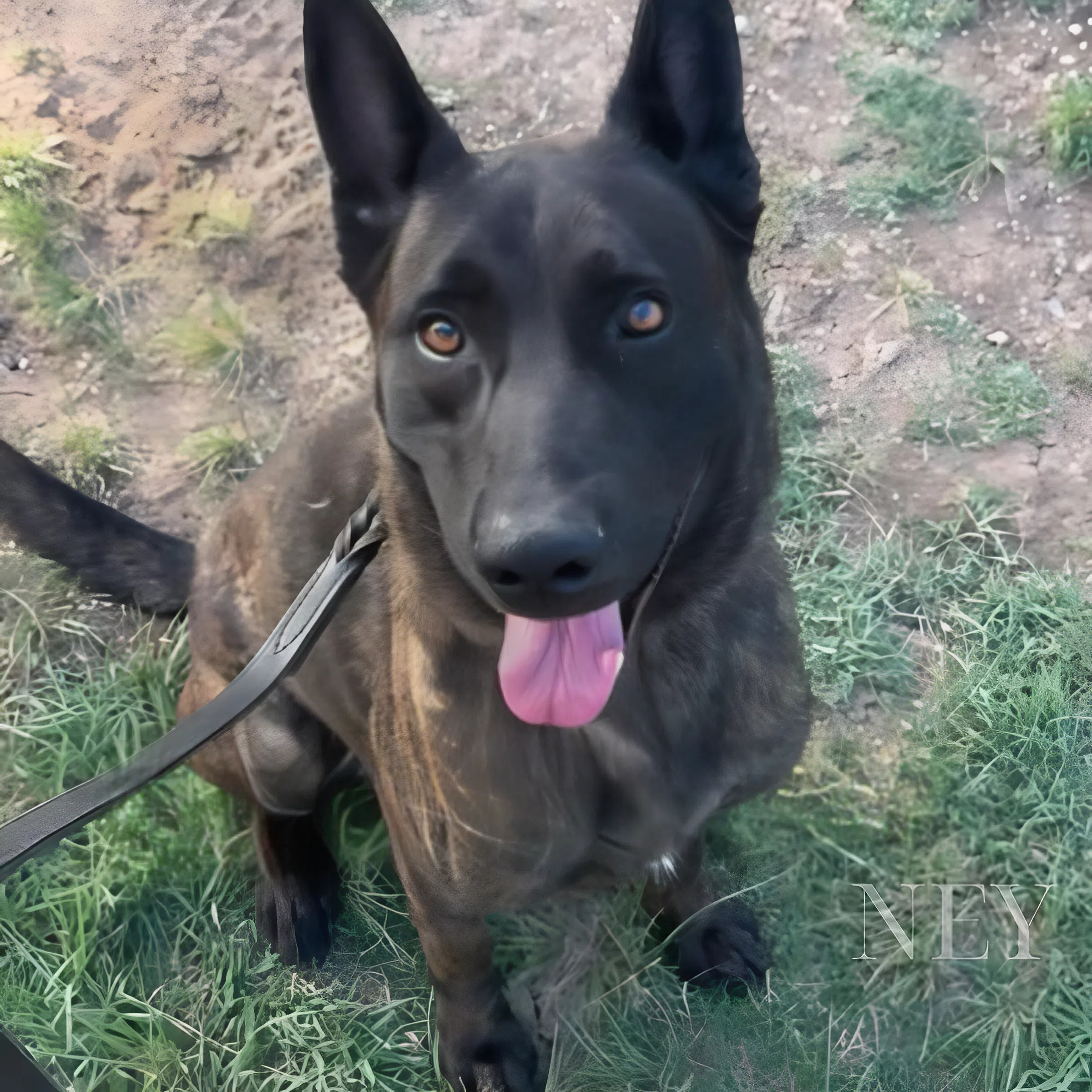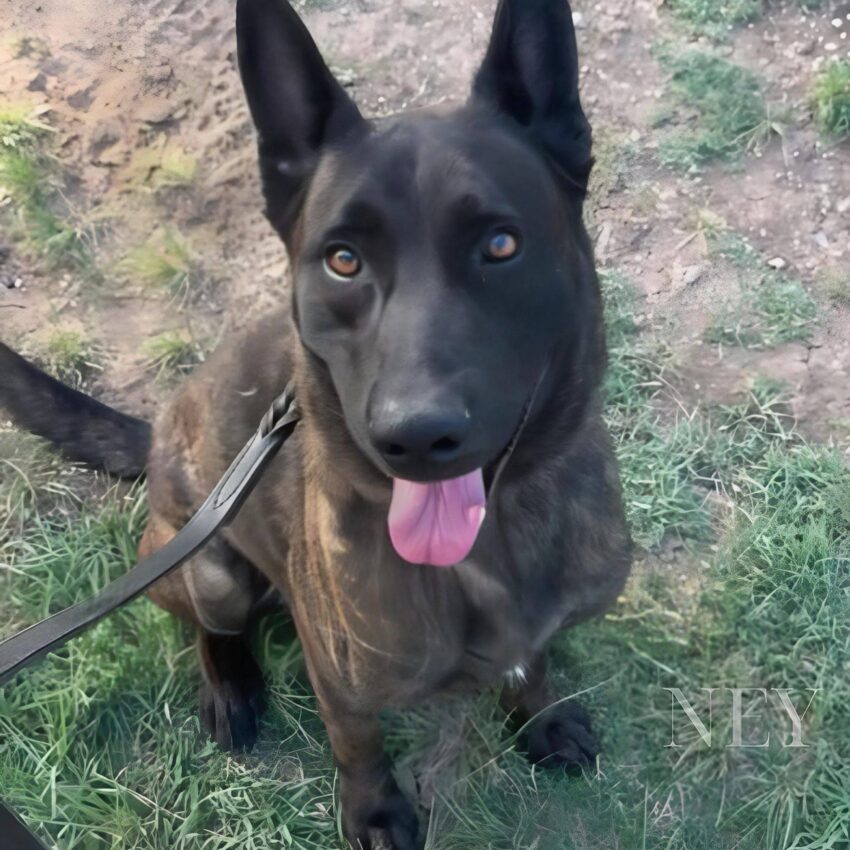The Cherokee County Sheriff’s Office in Texas is reeling from the sudden and devastating loss of K-9 Zable — a German Shepherd whose service, loyalty, and bravery touched countless lives. On July 21, 2025, just hours after completing a long shift, Zable was walking alongside his handler from the patrol unit to his pen when tragedy struck without warning. In an instant, his strong frame gave way, and he collapsed to the ground. His handler, stunned and desperate, scooped him up and rushed him to an emergency veterinary clinic in Tyler, Texas.

Despite every effort, the news came swiftly and without mercy — K-9 Zable was gone. For the officers and community members who knew him, it was more than the loss of a working dog; it was the loss of a partner, a protector, and a friend. But the real shock would come later.
Zable’s body was transported to Texas A&M University for a necropsy, and the results revealed a deadly truth: myocarditis brought on by Chagas Disease. Caused by the Trypanosoma cruzi parasite — transmitted by the “kissing bug” — this illness is known for its quiet spread and deadly impact. While many think of Chagas as a disease of Latin America, it has been creeping into the southern United States for years, particularly in Texas.
Young dogs, like Zable, are particularly at risk. In the most heartbreaking cases, symptoms remain invisible until it’s too late. Some dogs die suddenly without any sign of illness, leaving owners and handlers shocked and confused. For working K-9 units, the threat is even more alarming — these dogs face unpredictable outdoor environments daily, increasing their exposure to insects and disease.

The questions now haunt those who served alongside Zable: How long had the disease been in his system? Could it have been detected earlier? Was there a way to prevent it? And most urgently — how many other K-9 officers could be quietly carrying the same deadly threat without anyone knowing?
While the loss of K-9 Zable has left an irreplaceable hole in the Cherokee County Sheriff’s Office, his story is already sparking conversations about prevention, early detection, and better protection for working dogs across the state. His service will be remembered, his sacrifice honored — and perhaps, through awareness, his death may save the lives of others.
